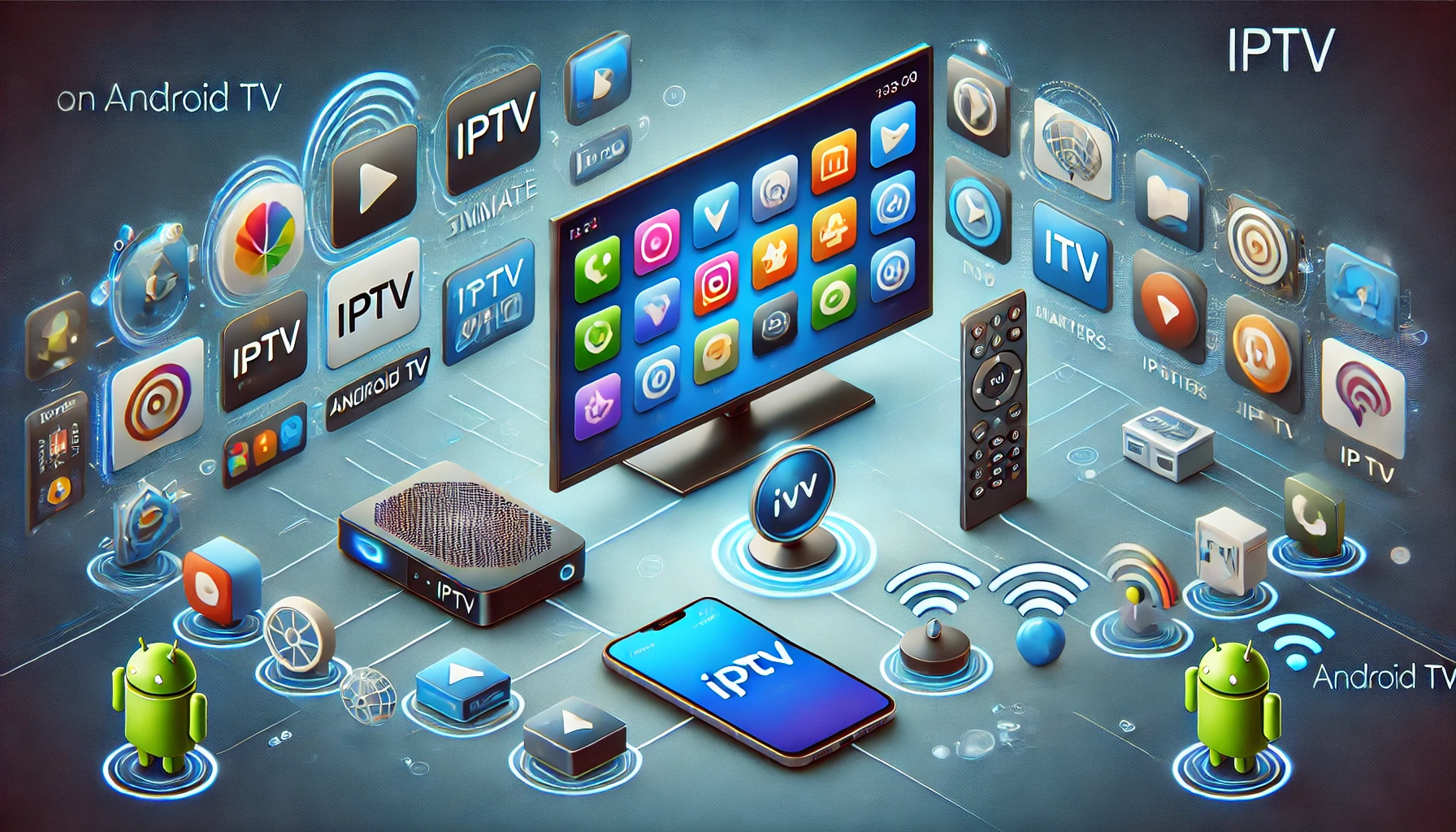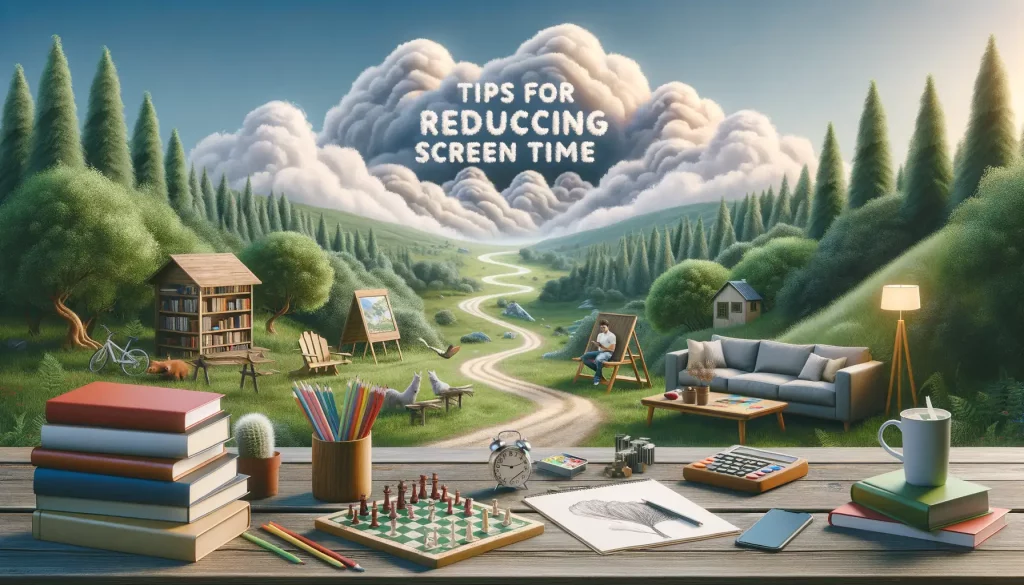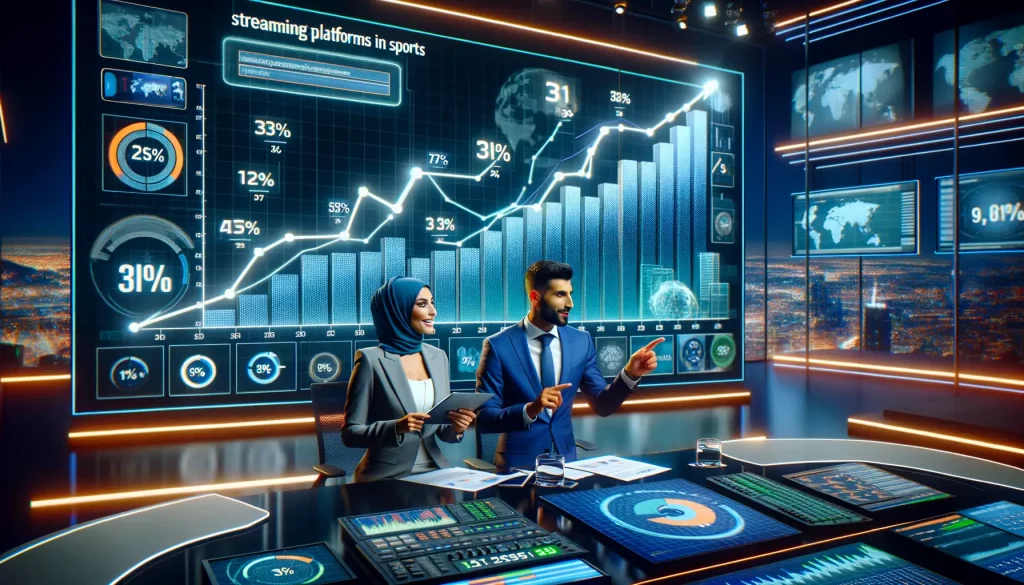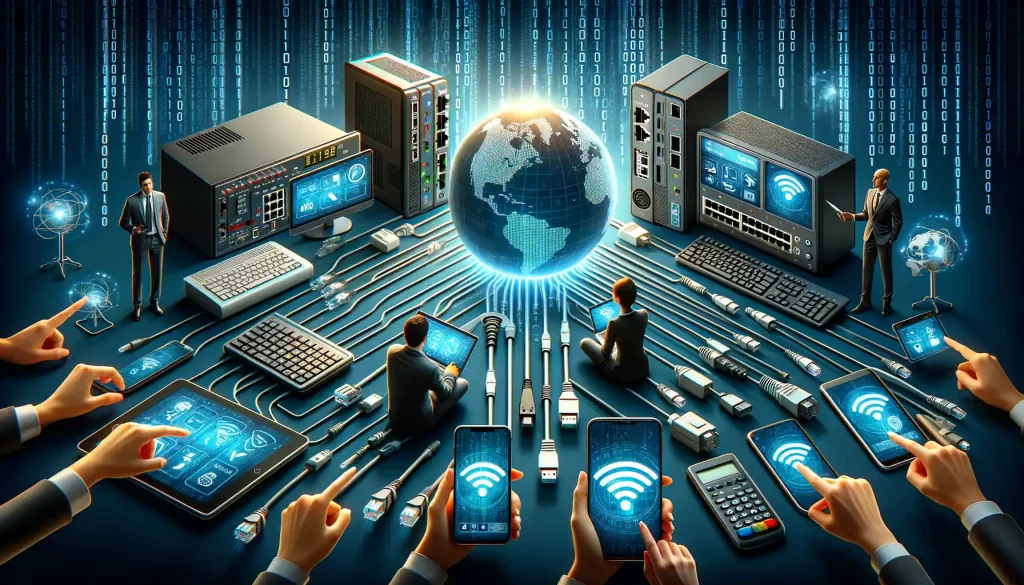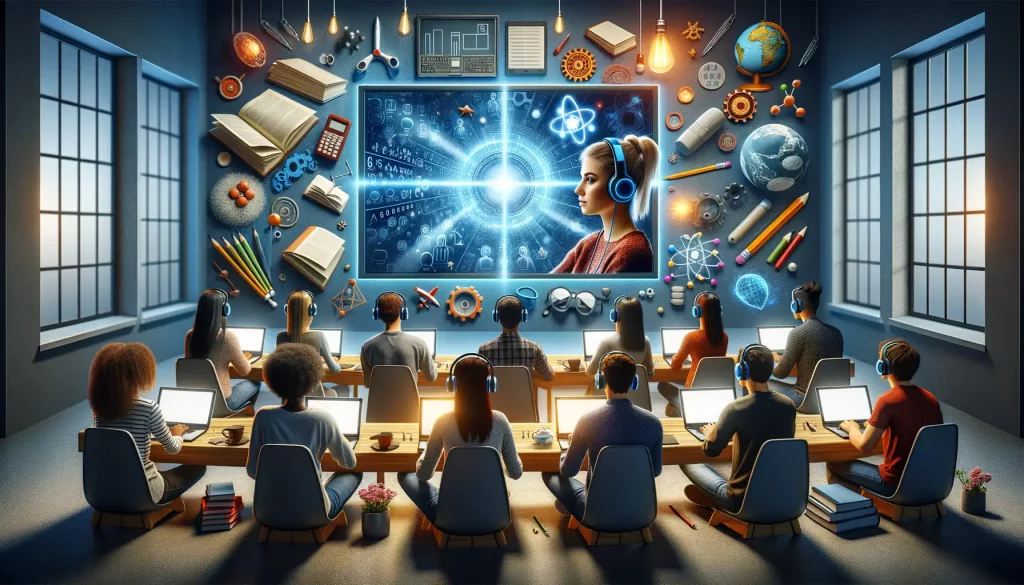Rise of Streaming Services and Their Implications
The New Wave Transforming Entertainment
Picture this: it’s a Sunday evening, and instead of flipping through endless cable channels, you’re diving straight into your favorite show on Netflix or Disney+. This is the magic of streaming services. What once was a novelty has turned into our everyday reality. With platforms like Hulu, Amazon Prime Video, and HBO Max in our pocket—literally—it feels like an entire universe of entertainment is just a tap away.
What makes these services so irresistible?
- On-demand convenience: Watch what you want, when you want, without waiting for reruns or recording shows.
- Personalization: Algorithms curating content uniquely for you. Think Netflix suggesting your next binge based on your guilty pleasures.
- Ad-free bliss: Who wouldn’t trade commercial breaks for uninterrupted viewing?
Redefining How We Consume Stories
Streaming isn’t just TV on the internet—it’s a revolution. Think about how Stranger Things became a global phenomenon overnight or how older shows like The Office found new life with younger audiences on platforms like Peacock.
These services have blurred the lines between film studios and distribution channels. They invest billions in original content while making decades-old classics available at the same time. The result? Stories no longer retire to obscurity—they thrive, resurface, evolve.
And let’s not forget: it’s not just about watching anymore. It’s about belonging. Streaming platforms spark discussions, memes, and fandoms, creating communities from New York to Tokyo.
Challenges Faced by Traditional Television
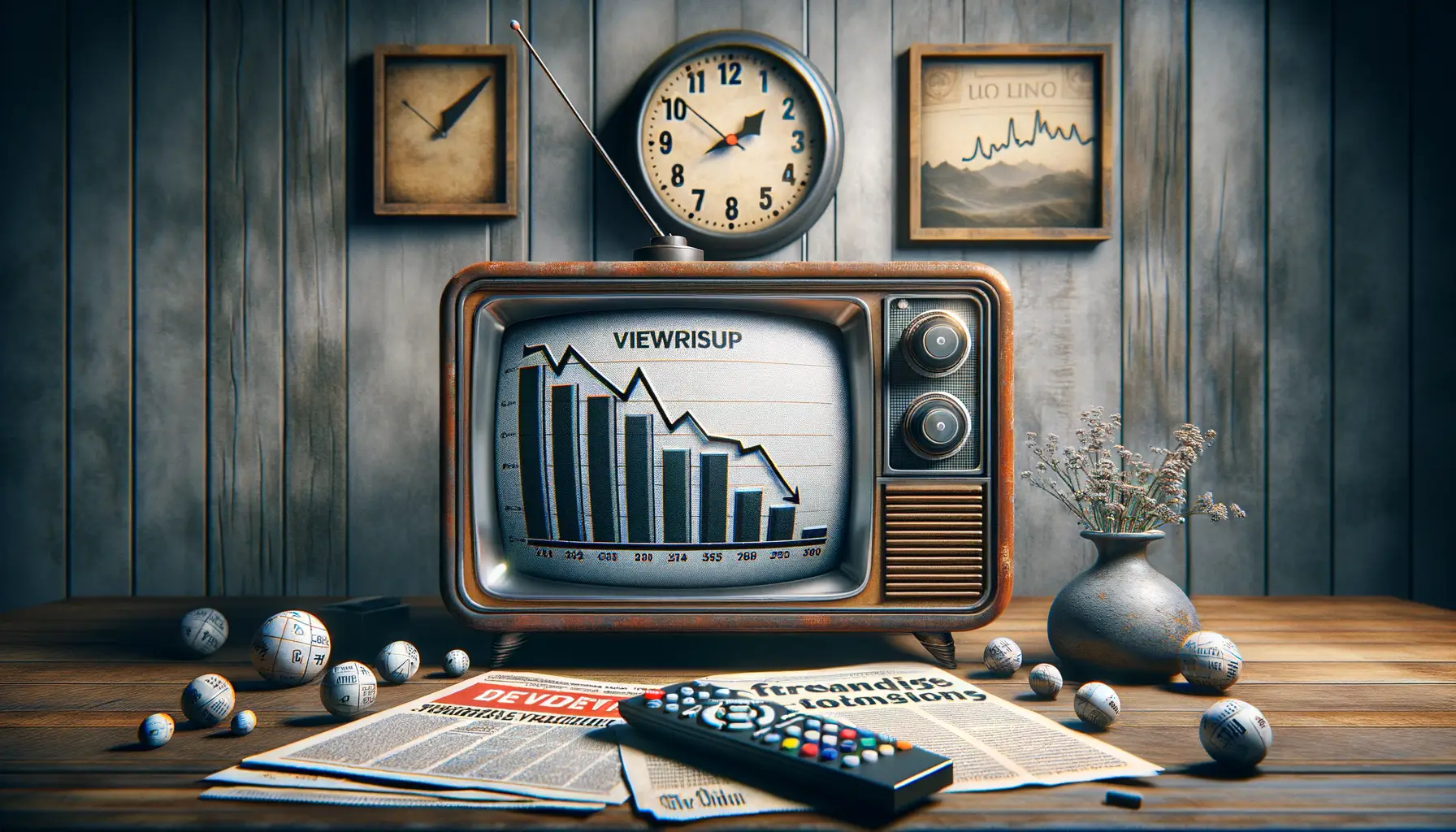
The Fight for Attention in a Digitized World
Let’s face it: traditional television is fighting to stand out like a single voice in a crowded room. In the age of streaming services, where instant gratification reigns supreme, TV’s rigid schedules and commercial breaks feel like relics of a bygone era. Gone are the days when families gathered religiously at 8 PM to catch their favorite show—now, they binge entire seasons on platforms like Netflix or HBO Max without ever glancing at cable.
Here’s the real challenge: traditional television tries to woo an audience that’s busy flipping through their phones, skipping ads, or asking, “Why wait when I can stream?” Some sticking points are painfully obvious:
- Content overload: Viewers are spoiled for choice with endless streaming libraries, making TV programming seem limited.
- Outdated advertising models: Who really has the patience for a three-minute commercial break anymore?
- Expensive cable packages: In a world of $10 subscriptions, paying for dozens of channels you never watch feels… excessive.
Traditional TV isn’t just losing viewers; it’s losing relevance. It’s like trying to sell a flip phone in the smartphone era—it still works, but does anyone really want it?
New Competitors, New Rules
Remember when TV networks only had to compete with each other? Those were simpler times. Now, they’re up against YouTube creators, TikTok influencers, and even gaming platforms like Twitch. The rules of engagement have shifted. Younger audiences want dynamic, on-demand, and interactive content—and they’re finding it anywhere but on traditional television.
Even live sports, often a stronghold for TV, are being siphoned off by streaming exclusives. Platforms like Amazon Prime Video and Apple TV+ are grabbing broadcasting rights, leaving cable networks scrambling to keep up. Adapt or fade—is there any other option?
Shifts in Audience Viewing Habits

From Prime-Time to Me-Time
The days of gathering around the TV at 8 PM sharp for your favorite show? They’re slipping into history. Audiences today are ditching rigid schedules for something far more irresistible: *freedom*. Streaming services like Netflix, Hulu, and Disney+ have given viewers control over what they watch, when they want, and on screens as small as their phones or as huge as their living room walls. It’s no longer about prime-time slots; it’s about *your* time.
Think about it: binge-watching has become a cultural phenomenon. Can’t stop at one episode? No problem. Platforms serve up entire seasons like a buffet, and we indulge. This shift isn’t just about consuming content—it’s about how we value flexibility.
- The rise of “second screens” (watching while scrolling on your phone) means focus isn’t what it used to be.
- Short-form content on platforms like YouTube and TikTok captures attention in seconds, catering to shorter attention spans.
- Meanwhile, live television clings to relevance with sports and award shows, where immediacy still rules.
It’s not just a change—it’s an evolution in how we experience stories. Each click, scroll, and stream is reshaping our habits, one view at a time.
Economic and Industry Impact
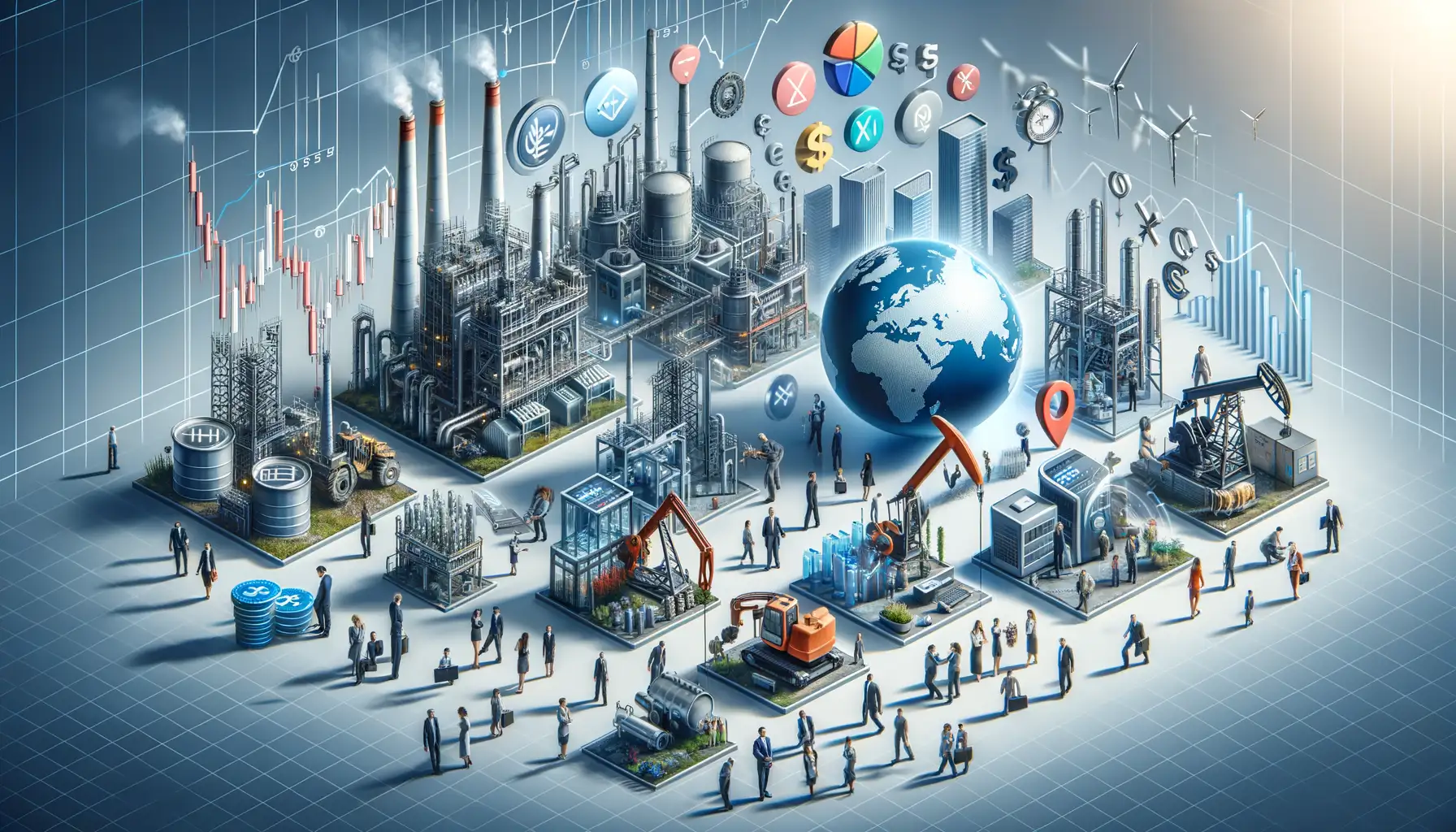
The Ripple Effect on Entertainment and Advertising
Streaming services have upended not just how we watch TV, but also how industries operate behind the scenes. The economic ripple? It’s massive. Think of it as a game of Jenga, with pieces being pulled from traditional television’s revenue streams—except this time, many of those blocks are being snapped up by platforms like Netflix, Hulu, and Disney+.
For advertisers, the rules of engagement have shifted dramatically:
- No more captive commercial breaks. Streaming viewers are subscription-driven, and ads often feel unwelcome in their domain.
- Brands now pony up for smarter, targeted placements via digital algorithms—gone are the days of blindly pitching detergent to the masses.
Production Boom or Bubble?
Then there’s the content gold rush. With streaming giants pouring billions into original shows and films, the industry is buzzing with opportunity. But here’s the catch: can this feverish pace of production stay afloat? Smaller studios, once steady partners of cable networks, now face fierce competition—or worse, buyouts—from these streaming juggernauts.
Let’s not forget local TV broadcasters. They’re left scrambling to find new ways of surviving in a world that’s binge-watching “Stranger Things” instead of tuning into the 6 o’clock news. It’s as thrilling as it is nerve-racking to witness.
Future Trends and Predictions
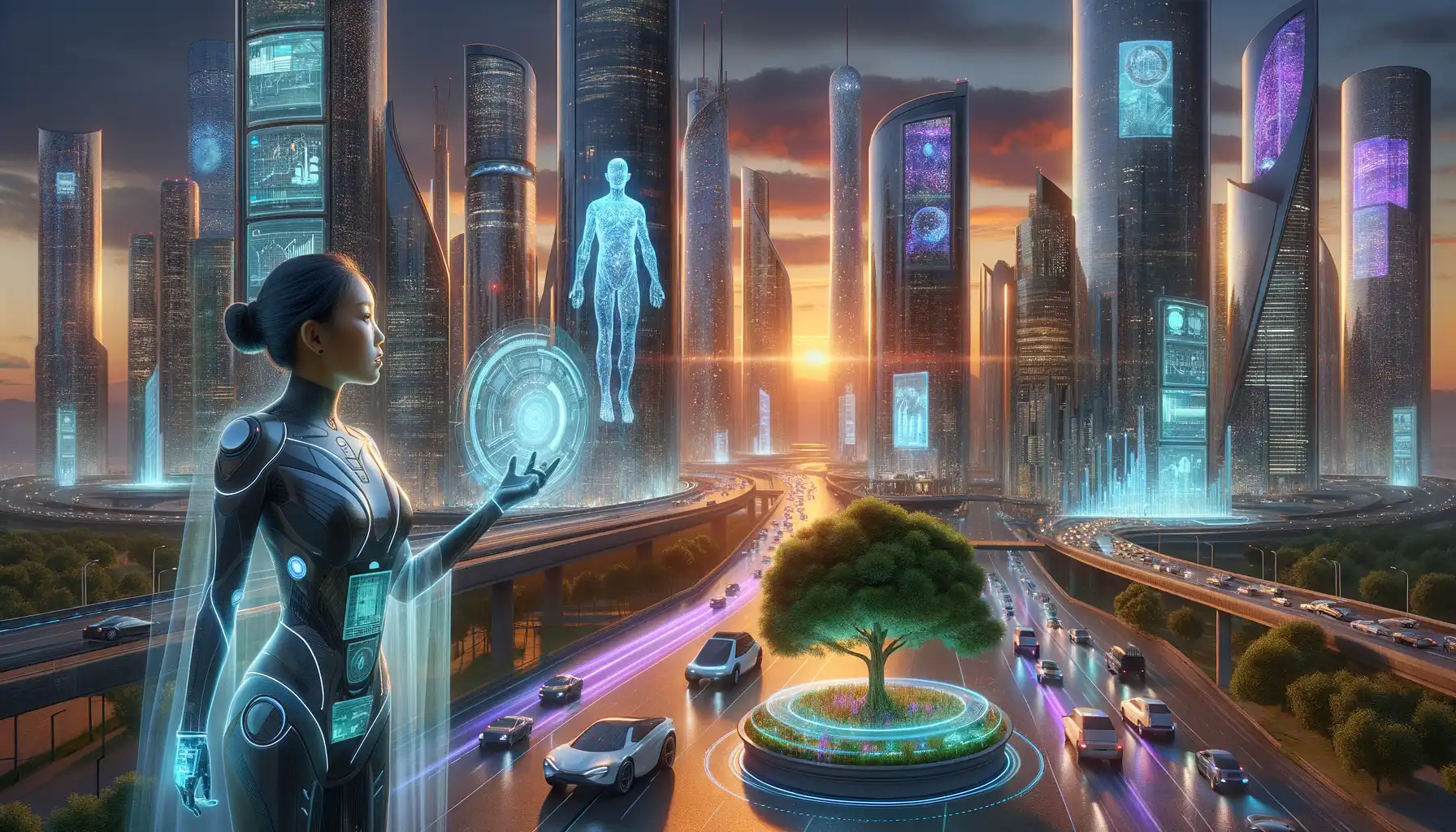
The Collision of Technology and Storytelling
The future of streaming services doesn’t just look bright—it looks downright cinematic. With the constant evolution of technology, we’re entering an era where storytelling will intertwine with innovation in ways that might blow your mind. Imagine this: you’re watching a thriller on Netflix, but instead of a passive experience, the platform uses AI to read *your* preferences and crafts a customized ending, tailored specifically to your taste. Sounds like sci-fi? It’s closer than you think.
We’re also seeing the rise of augmented and virtual reality integration. Platforms are exploring shows that aren’t confined to your screen but expand into interactive experiences. Picture yourself stepping into the world of your favorite series, wandering its streets, and interacting with its characters—all from your living room. Streaming might not just bend the rules of TV; it could shatter them entirely.
- AI-driven recommendations might become more precise, predicting shows based on your mood or even time of day.
- Collaborative storytelling where viewers collectively influence plotlines via live voting—imagine being part of the writer’s room!
As storytelling reinvents itself through tech, the lines between entertainment and real life could blur in beautifully unexpected ways.

